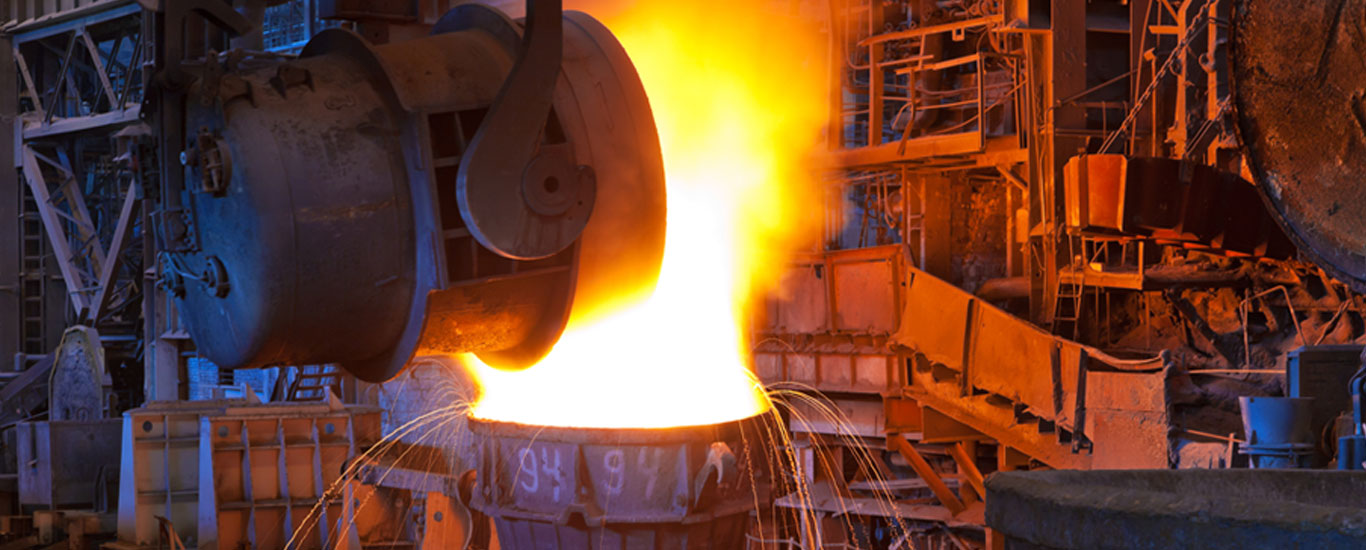-

客服電話
400-7007-555 -

在線客服
-

Online

-

公眾號


回到頂部

Iron Making
方案概述
Blast furnace contributes approximately 70% of the global iron production. Typically a countercurrent exchange process occurs in the furnace in the form of down-flowing ore, coke and flux in contact with up-flowing hot blast. Molten iron and slag is then tapped at the base of the furnace. The blast furnace gas exiting from the top of the furnace, after cleaning, can be used as a fuel that usually enriched with coke oven gas or natural gas.
Direct reduction Iron (DRI) offers an alternative route of iron making. Iron ore is reduced in solid state at 800-1050 °C either by reducing gas or coal. The exhaust gas exiting from the top is likewise cleaned through an electrostatic precipitator (ESP) or gas scrubber.
Direct reduction Iron (DRI) offers an alternative route of iron making. Iron ore is reduced in solid state at 800-1050 °C either by reducing gas or coal. The exhaust gas exiting from the top is likewise cleaned through an electrostatic precipitator (ESP) or gas scrubber.








